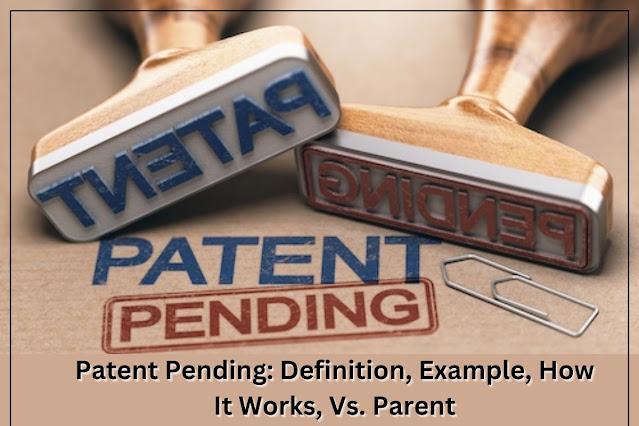How to Pitch Your Product
A good sales pitch compellingly delivers the intended message. However, it's not always easy to craft a successful sales pitch. Learn how to use well-defined pitch points to shape a killer sales pitch that will turn the tide in your favor.
A comprehensive business plan is key to creating a successful pitch. Then, it's your job to determine what you can invest in to help your business grow. A 5-page financial history and an analysis of how you compare across multiple industries are great things, but they cannot cover everything.
You can invent a app and launch it into the market. But how to bring your idea to market, how to sell an app idea, how to sell your invention idea, how to bring your idea to market or how to put an invention into production? First, you can provide a pitch and represent your idea in front of investors.
1. Create a presentation
Prepare a pitch deck first. To create a compelling pitch deck for investors, you need to make it easy to work with.
In this context, you should have a short version containing all the information you will want to share with potential investors in just 10 minutes and an extended version containing everything you will want to share.
2. Practice your pitch
The pitch needs to be practiced. The other tips on this list are rendered virtually meaningless if you cannot quickly speak to every aspect of your business.
Most entrepreneurs mistakenly believe they can quickly and briefly describe their business' value simply by knowing it. In addition, having an eye-popping pitch deck will be enough to keep your job. Consequently, they do not prepare for pitch meetings.
3. Define the Product USP
The body section of your product description should describe the USP of your product. Your product's USP is something your customers will find useful and that your competitors do not provide. Consider how to demonstrate your uniqueness and provide relevant examples.
4. Your target market
Even if it was true one day, do not claim everyone on Earth could be your target market.
Break out your market into TAM, SAM, and SOM, and be realistic about who your product is for. Then, by thinking strategically about your roll-out plan, you will be sure to impress your audience.
5. Business model or revenue model
This slide is most important to investors. What are your plans for making money? In order to remain competitive in your market, you must be very specific about your products and pricing.
6. Customer acquisition: Marketing and sales strategy
This is usually the most skipped section in an investor pitch and a complete business plan. What will you do to attract customers? What is the cost? What is your goal for measuring success? Calculating costs should be straightforward with your finances.
7. Understanding your client requires probing questions
Consider
analyzing questions in your sales pitch body (after you introduce yourself and
before you describe your USP) to dig deeper into the pain your clients are
experiencing and offer solutions that will alleviate their discomfort.
8. Follow-up
If you want investors to believe you, you need to provide them with evidence. You should have a business plan available for investors to read to learn more. It's your intention, after all, to make your pitch so compelling that they reach for an executive summary or business plan by the end.
9. Take your feedback and refine your pitch
Your pitch will succeed or fail, so look for areas for improvement no matter what happens. Take feedback into account next time you pitch, and don't be afraid to ask for it. The investor doesn't have to provide any if they don't want to. You just spent their time but are now asking for more, so achieving balance is difficult.


.jpg)

Comments
Post a Comment